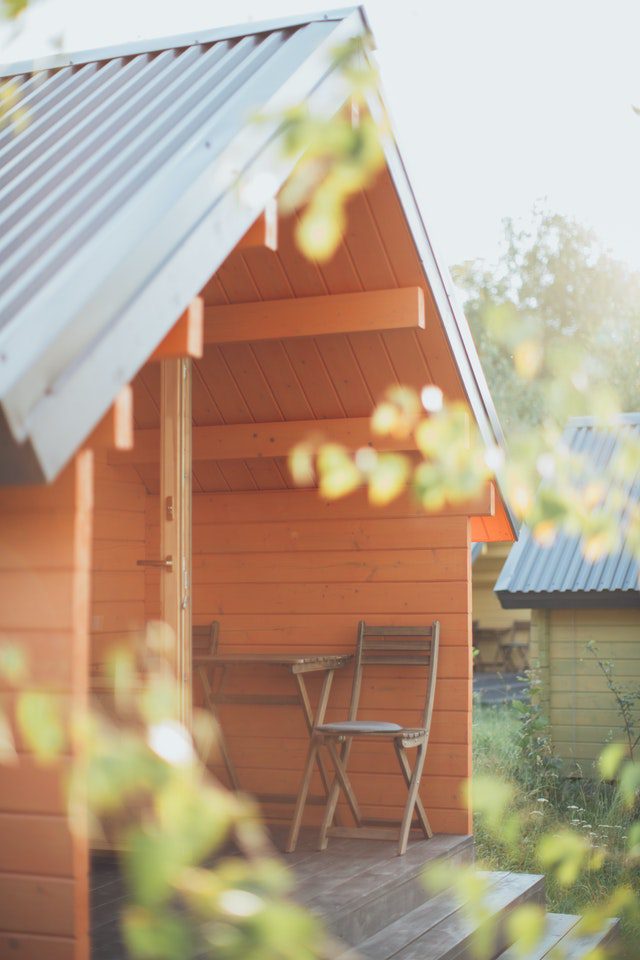The climate is unpredictable all over the globe these days. Unusual hot summers, extremely cold winters, unpredicted rains take a toll on people. Not only people, but they also affect your house, especially the roof part. However, you probably can’t do anything with the climate in your area, but you can plan ahead to save your roofs.
Roofing is an essential part of your home that protects you from any harsh climate outside. But before planning to change or make a new roof, first, take note on how different climate conditions affect your roof:
Extreme Sun Exposure
Over time, sun-heat can wear down many materials, but in the regions where summer days come up with more exposure than usual, it is better to think about roof material. If your roofing material isn’t protective enough or you have laid a single-layered roof, you will experience a great hit of heat inside your rooms as the material gets warm easily. Moreover, the outer material starts to wear off with extreme warm conditions.
Ice Dam Formation
Ice dam formation is basically depended upon your roof structure framework. Without good planning, the huge icicles start hanging off the roof. If you are living in the region where winters are more extreme than summers and your roofing isn’t planned accordingly, this will be the common problem you have to deal with. Particularly this formation type of ice can harm your roof badly. Even your roof material starts wearing off while it’s melting.
Snow
Well, snowfall in winter is a beautiful experience, but not for all. Your rooftops act differently to the snow depended upon the construction type based on the slope, ventilation, pitch, and insulation. All these factors decide the integrity of the roof. A higher pitch assures more durability of the roof during the snowy season. But if the snowfall in extreme number, it is best to remove manually; otherwise, it causes leaks in your roof.
Strong winds
Strong winds are another climate cause for the destruction of rooftops. Regions where the winds are common, must have houses build with strong building materials. The roofs are badly affected in these regions because the roof shingles can be broken or flew away with the winds. Also, windy storms can be more destructive in this manner. So, you must have to make roofs with brick and cemented material in the windy region for safety. Winds also leave dust and tree leaves on your roof. For this, you can choose high-pressure cleaning to remove all.
Rain
Well, rain is essential to growing greenery. But some regions in the world experience extreme rains. Even nowadays, unpredictable rains became a major problem in climate conditions. Extreme rain affects more badly to the roofing. It can collapse your roof completely and leave you in the flooded house. In recent years, many regions in the world have experienced flood-like situations and lost their houses. But if your rooftops are strong, you can feel safe in this adverse condition.
Other climate conditions
Apart from the conditions as mentioned earlier, other climate situations like storms, tornados, earthquakes, etc. can also leave your roofing bad effects. If your roof material isn’t strong enough to handle these climate conditions, you feel experience a lot of adversities. For example, if your roof collapsed due to any climate effect, there would be a great loss of your belonging and life. Moreover, the repair cost can upshoot your budget.
How to save the roof in different climate conditions?
Well, you cannot prevent the adversities completely, but by taking some measures, you can lessen its effects. And here is how you can do it:
- Perfectly planned insulation, ventilation, and the roof’s pitch can help you in both extreme cold and hot weather.
- You can try different insulation materials that let you help feel warm in winters and relaxed in the summer heat.
- You can add a cover on your rooftops to prevent harm from the snow.
- In the extreme rainy regions, rooftops must be built with strong materials that cannot break easily.
- In windy regions, avoid adding light-weighted shingles that can fly away easily with the wind.
- Clean your roof timely and prevent moss.
You cannot change or reverse the harm done by the climate in your region. What you can do is to take early measures before it happens.



